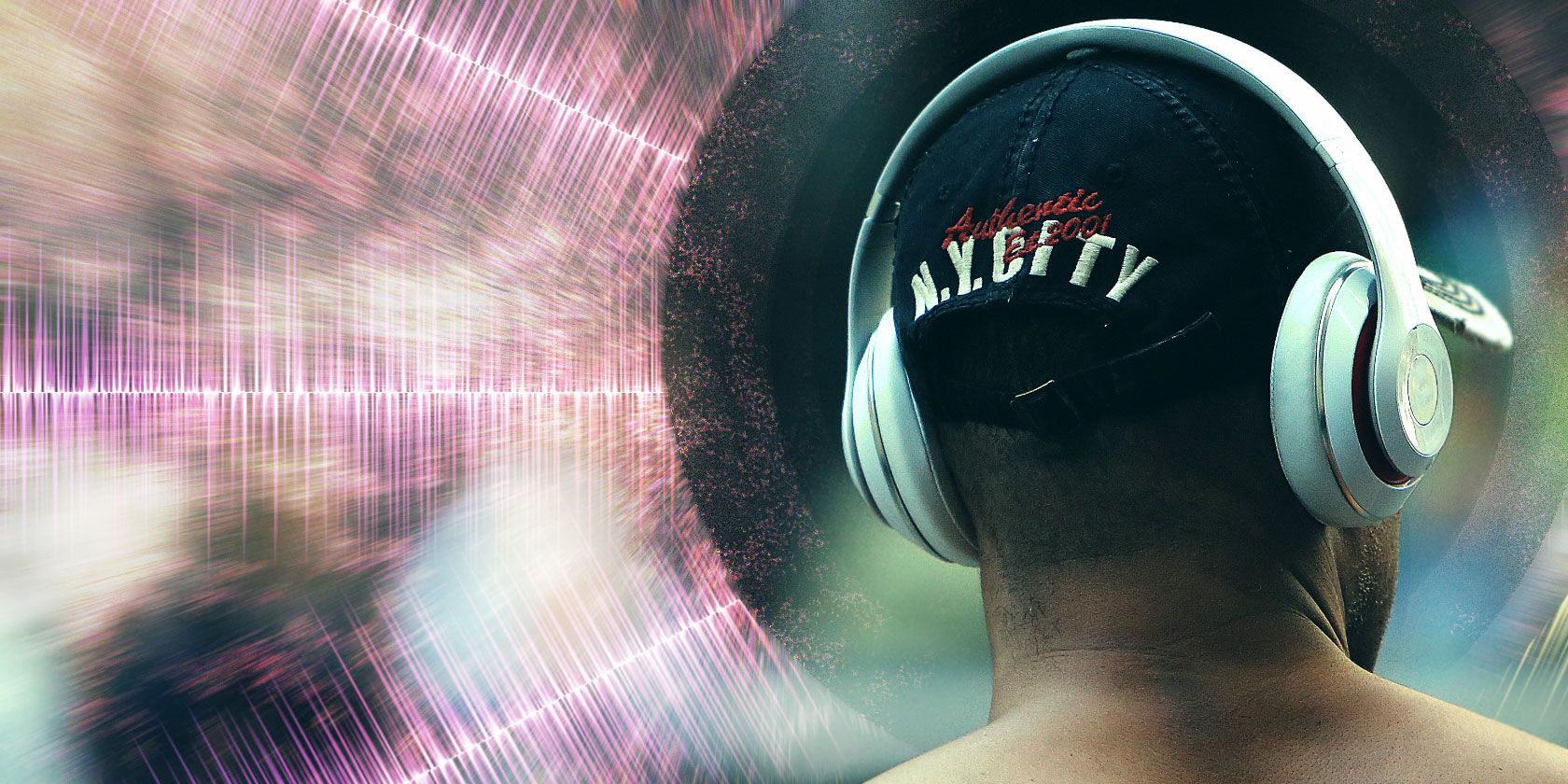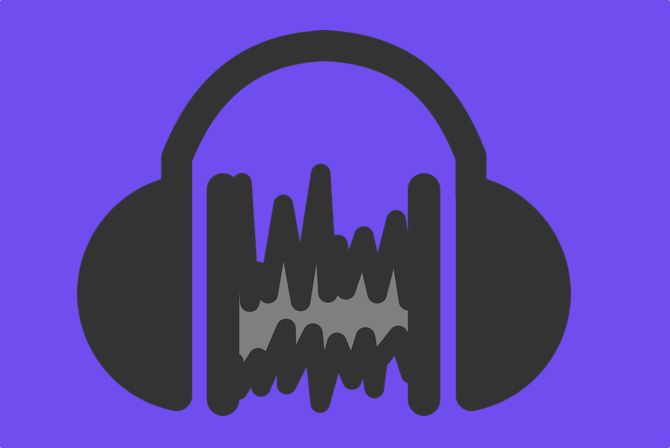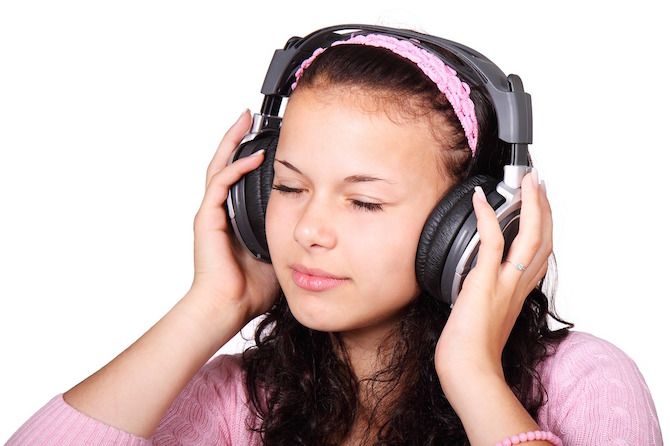The latest buzzword in headphones is noise cancellation, but it's not new technology. Noise-cancelling headphones have been around for some time, and like any long-standing technology, there is more than meets the eye.
Two terms you need to know to buy headphones are noise cancellation and noise isolation. These are also called active noise cancellation and passive noise cancellation, respectively. The type you should buy will depend on how much background noise you need to cut out while listening to your tunes.
And no, it's not a simple matter of "one is better than the other". Each type has its own advantages. So keep reading to find out the differences between noise cancellation and noise isolation and which one you actually need.
How Does Noise Isolation Work?
Noise isolation is the simpler of the two noise-reduction methods. The whole purpose here is to isolate your ear (or ear canal) from as much ambient noise as possible without using any electricity.
Noise isolation usually comes in two types of headphones: in-ear and over-ear. In-ear headphones, also known as earbuds, plug directly into your ear and completely seal the canal. Over-ear headphones use high-density foam to cover your whole ear from all sides.
The more complete the seal is, the better it will be at keeping noise out. It's simple, really -- but the quality of the seal is what's important here. The materials used, the seal's ability to stay intact, and the overall fit of the headphones are important. These factors are what separate poor noise-isolating headphones from the ones that actually work.
How Does Noise Cancellation Work?
Noise cancellation is a little more complex than noise isolation. While noise-cancellation headphones can also employ noise isolation, the focus is more on the smart, active technology residing within the headphone itself.
Noise-cancelling headphones have three extra components: a tiny microphone, a digital signal processor (DSP), and a battery unit.
The microphone listens to ambient sounds. Those sound waves are analyzed by the DSP, which then generates opposite sound waves. The speakers in the headphones play these opposite sound waves, which clash against the ambient sounds and negate them. And, of course, the battery powers all of it to happen.
The whole process happens so quickly that you can't tell it's happening. However, it's not so fast that it can handle every single sound. That's why noise cancellation works best against consistent noise, like the hum in a plane or people talking at a constant volume. New and sudden sounds, like the loud bang of a slammed door, can still be heard.
Lightning and USB Type-C Earbuds
Smartphones have a new answer to noise-cancelling headphones. Recently, the iPhone 7 killed the stereo jack and a few Androids opted for USB Type-C instead of 3.5mm. This means that a new range of noise cancellation earbuds are coming now.
The need for a DSP and a battery unit made it difficult for earbuds to have noise cancellation. But since earphones can now connect to the phone's main charging point, they can draw power from the phone itself (no more internal battery needed). They also have access to the phone's internal DSP, which can process the sound waves and generate cancellation waves.
Libratone's noise-cancelling Lightning earphones will be out soon and take advantage of these features. As manufacturers shift away from the 3.5mm headphone jack, we should see more and more of such devices.
But Which Kind Is Better for You?
Now that you know the difference between the two types of noise reduction, you need to figure out which one is better. And it's not a simple answer. Both have their own pros and cons.
Noise Reduction Levels
Generally speaking, noise cancellation is more effective than noise isolation. That's simply because noise-cancelling headphones typically make use of both cancellation and isolation -- you get twice as much reduction that way.
However, low-cost noise-cancelling headphones don't have the thick foam that's needed for good isolation and instead rely more on the active technology. This means more ambient noise leaks in. Because of this, high-end noise-isolating headphones often outperform low-end noise-cancelling headphones.
If you want cheaper than our affordable noise-cancelling headphones for students, go for noise isolation instead.
Sound Quality
This one depends entirely on how much of an audiophile you are. In noise-cancelling headphones, the built-in DSP and extra sound waves can interfere with sound quality. While it's less of an issue if you're willing to shell out big bucks for high-quality cans, the drop in quality is definitely noticeable in budget headphones.
Noise isolation doesn't generate any extra waves, so the results are more true to the original sounds. Sound engineers prefer these noise-isolating headphones since the audio is what it's meant to sound like.
Portability
Noise cancellation won't work if the battery is dead -- and that means this is yet another gadget you need to charge regularly. You're probably already used to doing that, especially if you use wireless headphones, but it's something to consider.
But remember, high-quality noise-cancelling headphones also include strong isolation, so even when the battery is out, you can continue to listen.
Price
Given the extra technology needed, it's no surprise that noise-cancelling headphones cost more than isolation-only equivalents. They're among the most expensive headphones around, but they're well worth it.
For example, our review of the Bose QuietComfort 35 found us head over heels in love!
What Should You Buy?
In the end, it's all about buying the right headphones for your budget. And you should also introspect a little to find out what kind of headphones are right for you.
First, decide whether you'd prefer in-ear, on-ear, or over-ear headphones.
Second, decide your budget. You need to know how much you are willing to pay.
Third, figure out what device you will connect it to. If it's your new single-port iPhone 7, then maybe buying the best Bluetooth headphones of 2016 makes more sense.
Fourth, where will you be using these? If the noise you want to cut out is constant (like airplanes or trains), then cancellation is useful. If you're going to go running with these, maybe total noise isolation isn't good since you won't hear traffic or other important sounds. Think it over.
Once you have your answers, you'll be able to make a smart decision about the right headphones for you.
Noise Cancellation vs. Isolation: What's Your Vote?
The best-value-for-money noise-cancelling headphones, in my opinion, are the Audio Technica ATH-ANC7B (CA/UK [Broken URL Removed]). They're good on both cancellation and isolation, and they're true to the sound of the audio, and they're surprisingly affordable at $90.
Have you bought a pair of noise-cancelling headphones? If yes, which ones do you use? And are you a fan of noise cancellation or do you prefer noise isolation?



